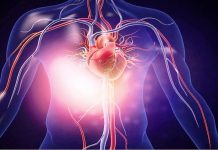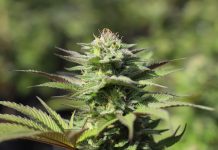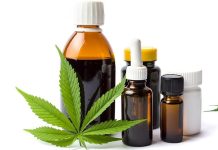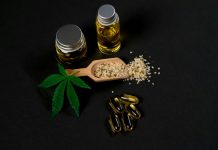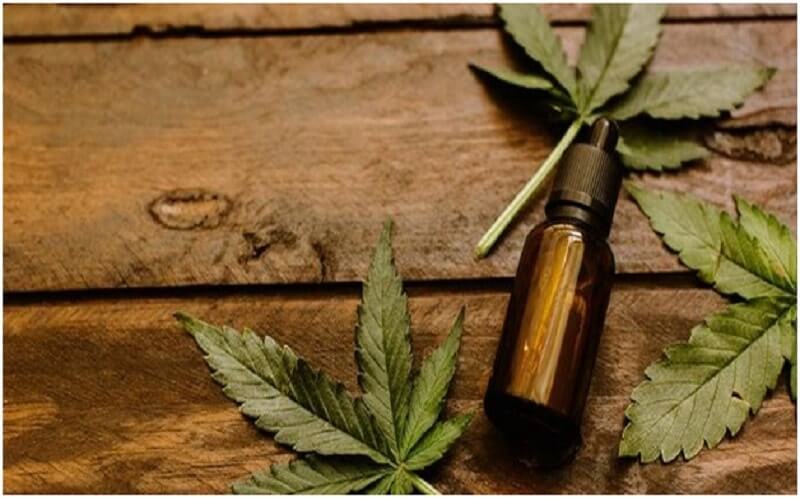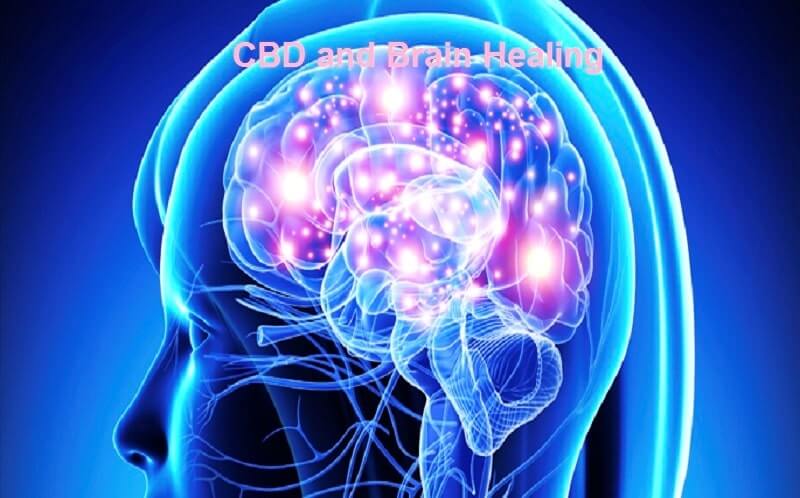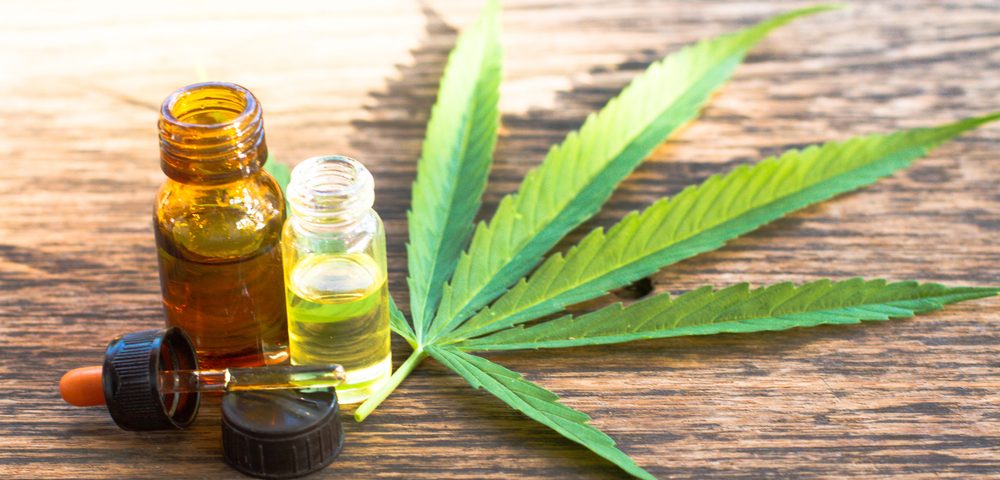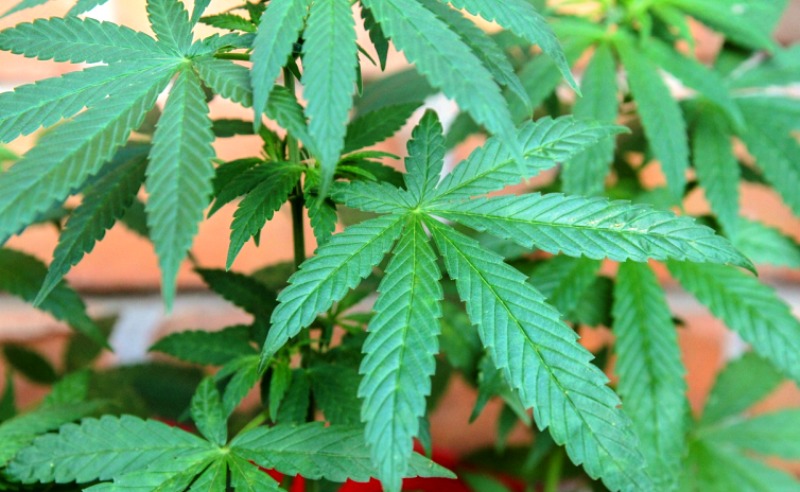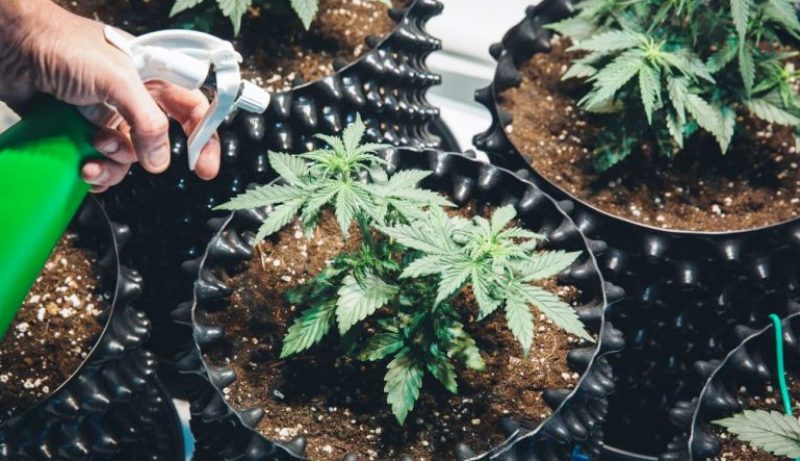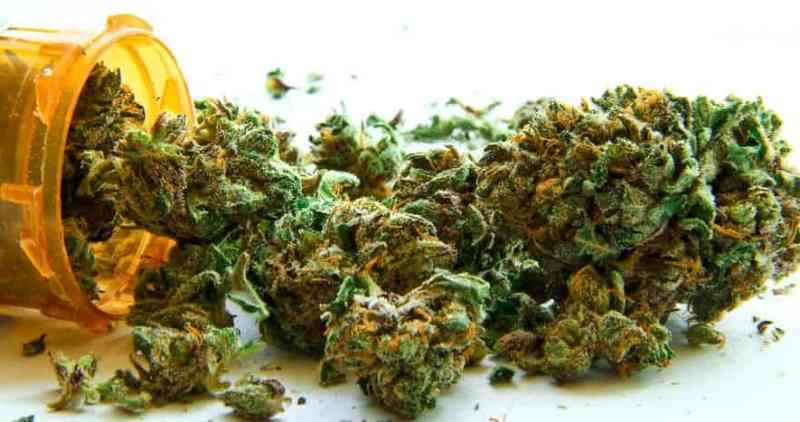Marijuana is most often smoked in the form of cigarette turns so-called. Joints or blunts, it is often burned with various types of pipes, pipes, and bongs. If you are asking Can I lose weight with CBD oil? Lets search.
THC binds to cannabinoid receptors and affects important neurotransmitter systems. Endogenous cannabinoids also act in the same way. Cannabinoid receptors are associated with areas of the brain responsible for physiological, psychomotor, and cognitive functions. THC thus affects motor functions, perception, perception, memory and concentration, learning opportunities, endocrine functions, food intake, and body temperature regulation.
Pharmacokinetics:
When taken orally, THC is more slowly absorbed into the body, its effect is felt with a delay. Bioavailability is quite low. Smoking marijuana is characterized by rapid absorption of active ingredients, the maximum concentration of THC in plasma occurs even before the end of smoking. Plasma concentrations depend on how the marijuana intake and its THC content are taken. It was assumed that in the case of smoking the most common THC concentration in the plasma is approximately 100-200ng / ml. This concentration drops to below 5ng / ml, usually three hours after smoking.
THC dissolves in lipids, the half-life of its metabolites in the plasma and urine is about 3-4 days. In the case of occasional smokers, the plasma THC concentration falls below the limit of quantification within 8-12 hours after ingestion.
Molecular interactions / chemistry of receptors:
THC is metabolized by cytochrome P450 2C9, 2C11, and isoenzyme 3A. Potential inhibitors of these isoenzymes can reduce the rate of THC elimination, and potential inducers could increase the rate of its elimination. The ratio of blood concentration to plasma concentration: 0.55
Blood concentration:
The relationship between the level of THC and its metabolites in blood and plasma to its potency has not been established. The concentration of compounds in the blood depends on the way you take marijuana and on the doses you take. The THC level is usually the highest still while smoking and the highest level of 11-OH THC metabolite was observed 9-23 minutes after the start of marijuana.
The concentration of these two analysts drops quite quickly and usually reaches levels below 5ng / ml after just 3 hours. In the studies, maximum plasma THC concentrations reached 46-188ng / ml were recorded after 10 minutes of application in 6 subjects who received 8.8mg THC. In regular users of marijuana, after about 12 hours of application, the average THC-COOH level was about 45ng / ml, while in the same people THC level was below 1ng / ml at that time. The best options for the answer to the question Can I lose weight with CBD oil? Are the below details.
After oral administration in food, the active ingredients of marijuana are absorbed more slowly, the maximum level of THC and metabolites is observed after 1-3 hours from admission and is lower than in the case of smoking. In the case of Dronabinol, the maximum concentration of active compounds was observed after 2-4 hours, they are lower than in the case of smoking. The values of Dronabinol (synthetic THC) and THC-COOH concentration levels are comparable.
It is inadvisable to assess the effects of THC on the central nervous system based on the THC and THC-COOH blood concentration levels. On the one hand, it is possible that the person who experiences the effects caused by marijuana will have concentrations below the levels of quantification. On the other hand, it is possible that despite the high levels of THC and its metabolites in the body, the person does not feel the effects of marijuana. The mathematical models used to determine the effects of marijuana on the basis of the concentration in the body are very conventional. A more accurate description of whether marijuana still affects the impairment of cognitive functions is possible only on the basis of information on the time that has elapsed since its use.
Interpretation of urine test results:
All THC metabolites, mainly THC-COOH, are detected in the urine. The time of excretion depends on the efficiency of kidney function. In the case of occasional smokers, THC metabolites are detected in the urine within 1-3 days of ingestion. In the case of regular smokers, this time can be much longer. In the case of Marinol, after a single dose, traces of synthetic THC metabolites were detected 5 weeks after taking. Low levels of THC and its metabolites in the urine can also be the result of using products based on industrial hemp.
Effects:
Pharmacological: the effect of marijuana varies depending on its variety, the dose adopted, the route of administration, previous user experience, its attitude and individual sensitivity to the effects of psychoactive substances.
Conclusion:
In recreational doses, marijuana produces effects that are most often described as relaxation, relaxation, euphoria, reduced inhibitions, improved well-being, disorientation, disturbances in time and space perception, lack of concentration, memory disorders, and learning opportunities, changes in the formation of thoughts ( thinking) and speech, drowsiness, calmness, change of mood, sense of panic and paranoia, enhanced sense of taste and smell. Stronger doses may intensify selected organisms.





